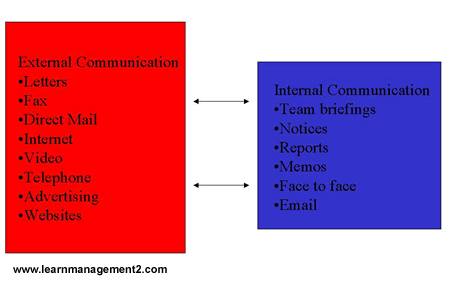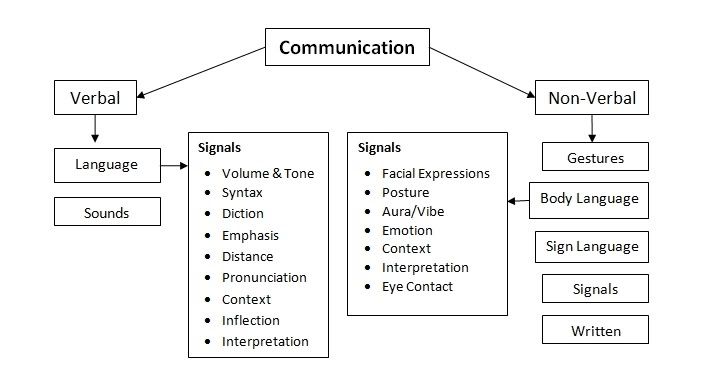Business Organisations have their own form of communications to in order to promote formal communication in workplaces. There are currently 3 types of communication in business organisations, Upward communication, Downward Communication and Lateral Communication. But there is another type of communication including rumors, the Grapevine. Mostly found in workplaces and in most communities.
Upward Communication
The upward communication is basically a normal worker/employee communication to the higher position of their company, i.e. Managers, CEO and etc. An upward communication must be in a formal way, therefore using non-verbal communication like written communication. For example, a employee wants to request a lift to spend more time with his family on a vacation, but he needs to ask his manager for permission. In order to do this in a formal way, he is required to write a formal letter to his manager about his lift request via email, postbox or etc. Most upward communication only includes written communication as it is the most appropriate way for formal communication like this.
Downward Communication
Downward Communication means the opposite of Upward Communication, e.g. Manger to Worker. Downward Communication doesn't require formal communication as you are telling/asking people that are lower in position than you currently are. Therefore it mostly includes informal communication, formal communication is unusually used because it takes lots of time to create a letter unless it is regarding a very important topic. Downward communication includes informal communication like verbal communication, visual/body communication (Emotions, Signs, Warnings etc.) and informal Written Communication. For an example, a manager wants to confront and warn this particular worker that his performance in degrading and needs to be improve. therefore he uses Verbal Communication which is informal and also it is the easiest and simplest way.
Lateral Communication
Lateral Communication is in between Upward and Downward Communication, where colleagues of the same position communicate to each other by informal communication, Verbal Communication, Visual/Body Communication and etc. As you are communicating to someone the same position as you, you don't require any formal communication to convey a message to him/her. e.g. an employee wants to inform his colleague that a new task has been added by the manager, he uses informal communication like verbal communication, visual/body communication and etc.
Grapevine
A grapevine is not exactly a positive communication but it can be found in most communities and business organisations in workplaces. The Grapevine is similar to Lateral Communication as a Grapevine is mostly found in between colleagues. A Grapevine is normally about rumors passed around the workplace, it usually contains negative claims, similar to The Chinese Whisper. When a message is being passed down, it may change its meaning, purpose or even direction.










